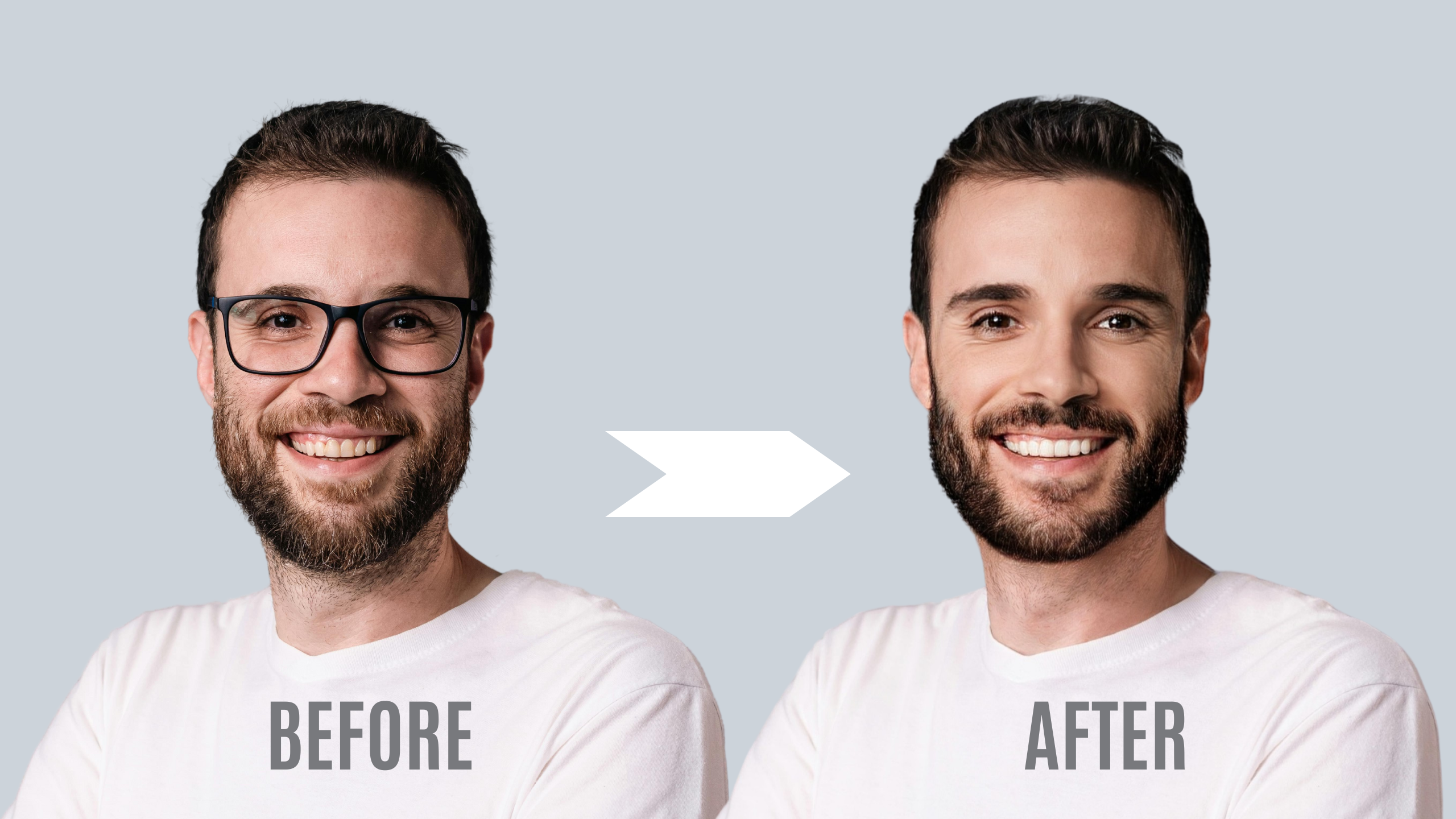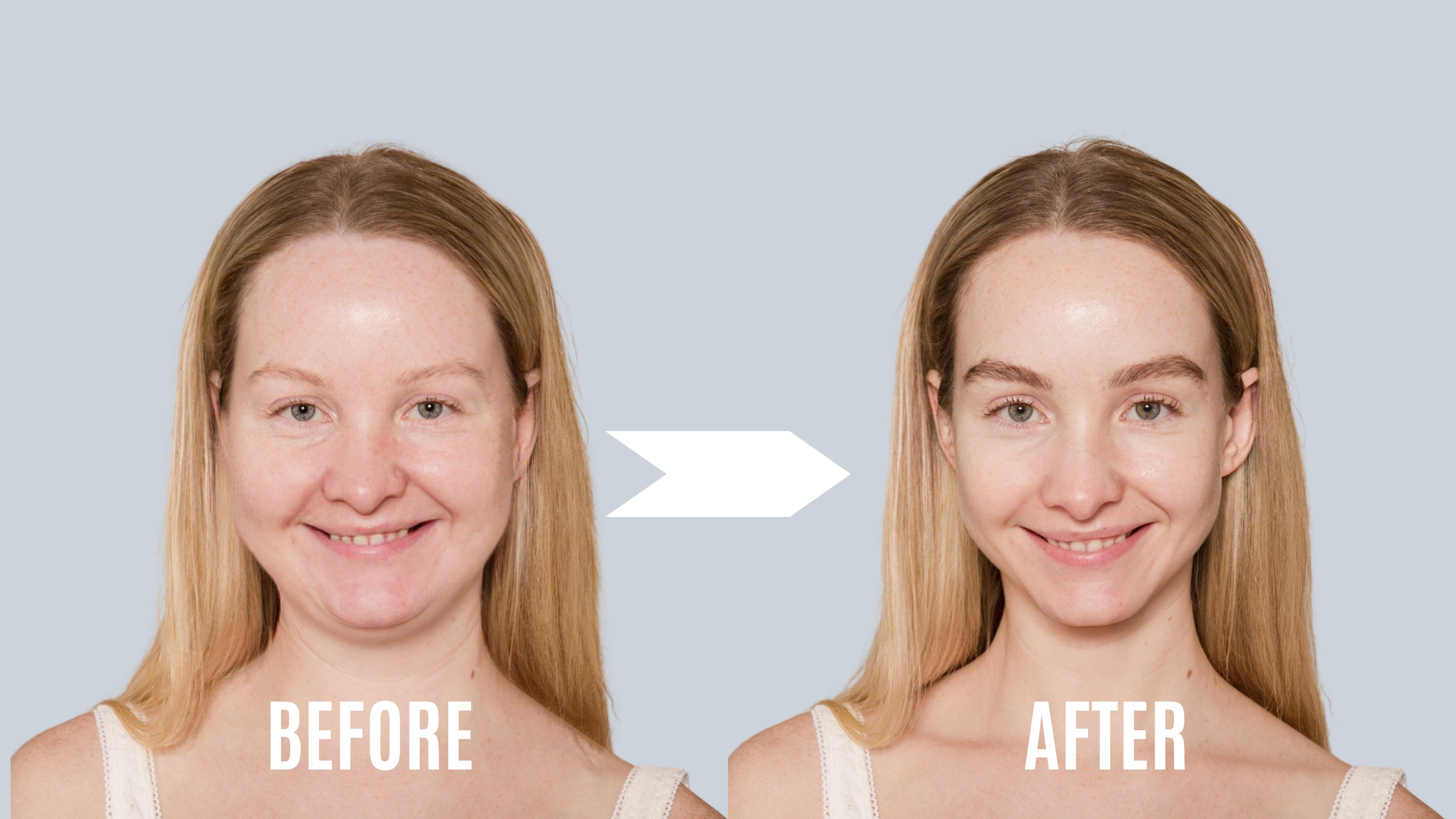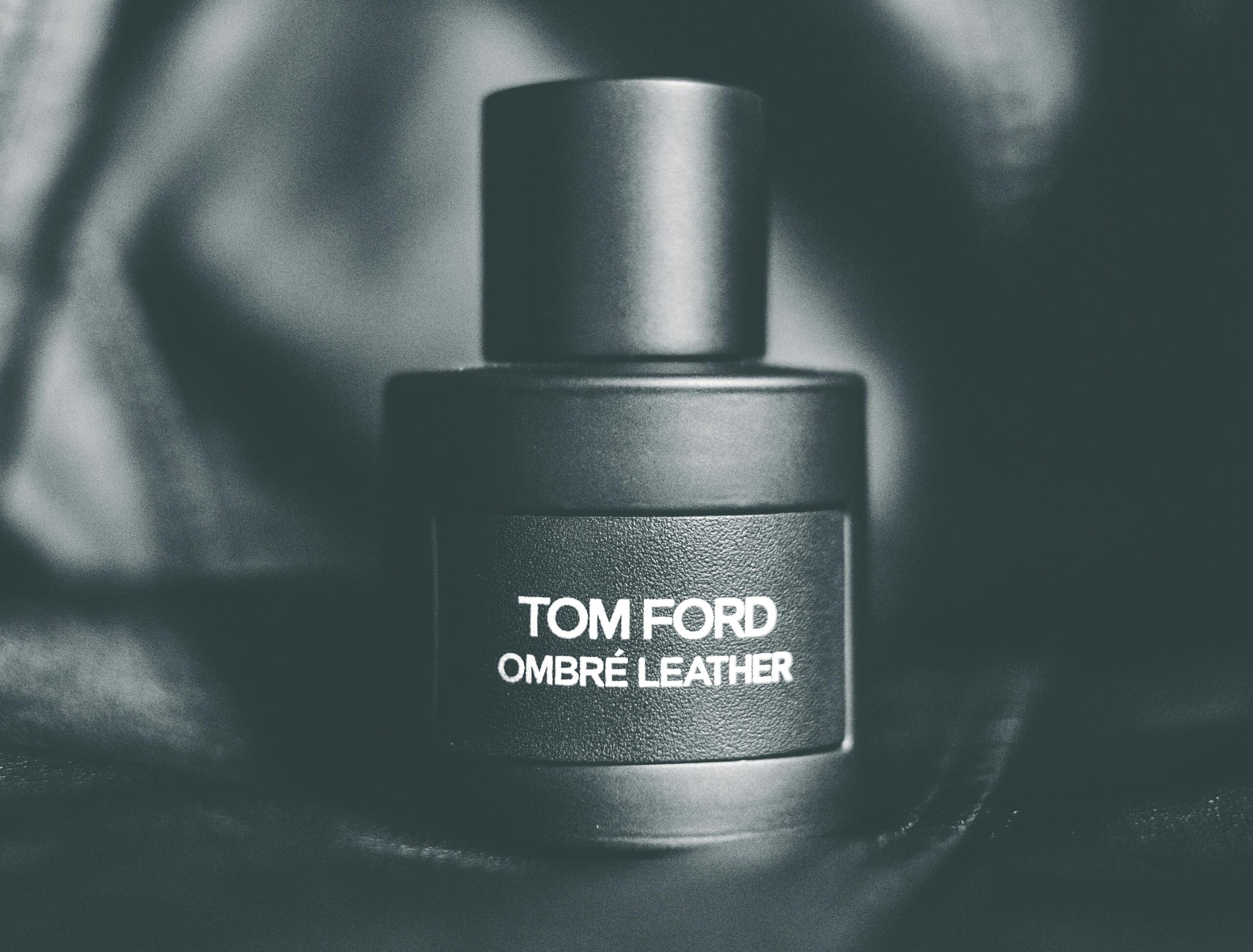Have you ever considered how the shape of your eyes can influence your overall facial attractiveness? The contrast between “hunter” and “prey” eyes isn’t just an abstract idea — it’s rooted in biology, psychology, and aesthetics. Let’s explore these fascinating concepts in detail and uncover how eye shapes impact the perception of confidence, dominance, and beauty.
The Origins: Eye Shapes in Nature
Studies in the animal kingdom reveal that the shape of eyes and pupils is a key indicator of whether an animal is a predator or prey. Predators tend to have vertically elongated pupils that help them focus intensely on their targets, while prey animals often have horizontally oriented pupils, giving them a panoramic view to detect threats.
Humans, while not confined to these extremes, display similar tendencies in eye shape. This divergence in eye structure can subtly communicate confidence, dominance, or vulnerability, and it significantly impacts our perceptions of attractiveness.
Hunter Eyes: The Traits of Predators
Hunter eyes, also referred to as “predator eyes,” are characterized by a horizontally elongated, almond shape. These eyes are typically:
- Deep-set within the skull.
- Accompanied by a positive canthal tilt (where the outer corner of the eye is higher than the inner corner).
- Framed by a pronounced brow ridge that provides natural shading and enhances the piercing gaze.
These features create an intense, focused, and confident look that is often associated with dominance. Celebrities and models with hunter eyes are frequently admired for their strong, magnetic presence on camera or on the runway.
What Makes Hunter Eyes So Attractive?
- Confidence and Dominance: The deep-set nature and sharp angles of hunter eyes project authority and self-assurance.
- Symmetry and Proportions: Hunter eyes tend to align closely with the golden ratio, a hallmark of aesthetic beauty.
- Evolutionary Appeal: These eyes mirror the traits of successful predators, resonating with primal instincts that associate such traits with strength and capability.
Prey Eyes: The Traits of Vulnerability
Prey eyes, by contrast, are rounder and more open. They tend to have:
- Larger orbital sockets, creating a wide-eyed appearance.
- A negative canthal tilt (where the inner corner of the eye is higher than the outer corner).
- A more exposed sclera (the white part of the eye), contributing to a softer and more vulnerable look.
While prey eyes can convey innocence and approachability, they are often perceived as less commanding compared to hunter eyes.
The Psychological Impact of Prey Eyes
- Submissiveness: Wide, round eyes can make an individual appear less dominant, evoking protective instincts in others.
- Youthful and Innocent Appeal: Prey eyes are often associated with childlike features, which can be endearing but may lack the assertive energy of hunter eyes.
- Potential Drawbacks: Dark circles and scleral show (visible white below the iris) are more common with prey eyes, which can contribute to a tired or downcast appearance.
Canthal Tilt: The Defining Angle
One of the most critical factors in determining whether eyes lean towards a hunter or prey appearance is the canthal tilt — the angle between the inner (medial) and outer (lateral) corners of the eye.
- Positive Canthal Tilt: Outer corners are higher than inner corners, common in hunter eyes. This upward tilt creates a confident, sharp look.
- Negative Canthal Tilt: Inner corners are higher than outer corners, typical of prey eyes. This downward tilt contributes to a softer, more vulnerable gaze.
- Neutral Canthal Tilt: The inner and outer corners align, resulting in a balanced and neutral appearance.
Causes of Eye Shapes: Nature and Lifestyle
Genetics
Eye shape is primarily determined by genetic factors, including the structure of the orbital bones and the surrounding soft tissue. However, lifestyle and habits can influence these traits over time.
Recessed Maxilla
A recessed maxilla (the upper jawbone) can create larger orbital sockets, leading to a more pronounced prey eye appearance. Factors like mouth breathing and poor tongue posture can exacerbate this condition.
Scleral Show
Excess exposure of the sclera is often caused by aging, medical conditions, or surgical complications. This feature amplifies the wide-eyed, downcast look typical of prey eyes.
How Eye Shapes Influence Overall Facial Aesthetics
The eyes are one of the first features people notice. Their shape can either enhance or detract from the overall harmony of the face. For example:
- Hunter Eyes: Complement strong, angular features and convey dominance.
- Prey Eyes: Pair well with softer, more rounded facial structures but may require additional effort to convey intensity or confidence.
Most high-fashion models and actors tend to have hunter eyes, as this eye shape aligns with industry standards for bold and captivating looks. Conversely, prey eyes are often more common in genres emphasizing innocence or relatability.
Can You Transform Prey Eyes into Hunter Eyes?
Mewing
Mewing, the practice of maintaining proper tongue posture by pressing the tongue against the roof of the mouth, can help expand the maxilla and support deeper-set eyes over time. Benefits include:
- More prominent cheekbones.
- Improved eye support.
- Enhanced overall facial harmony.
Surgical Options
For those seeking more dramatic changes, surgical interventions are available:
- Blepharoplasty: Removes excess skin and fat around the eyes, creating a more youthful, almond-shaped appearance.
- Canthoplasty & Canthopexy: Procedures designed to adjust the canthal tilt and enhance eye symmetry.
- Ptosis Repair: Corrects drooping eyelids to improve vision and create a more alert, hunter-like gaze.
Conclusion: Embracing Your Eye Shape
Understanding the impact of hunter and prey eyes can help you appreciate how subtle features shape perceptions of beauty and character. While some may aspire to hunter eyes for their commanding allure, it’s important to remember that every eye shape has its own unique charm and appeal.
Whether through natural techniques like mewing or surgical enhancements, small changes can make a significant difference. Ultimately, the goal is to find balance and confidence in your appearance, allowing your eyes to reflect your inner self.


